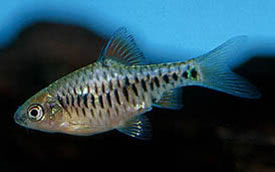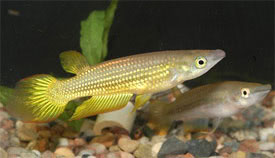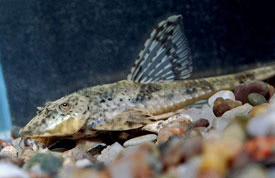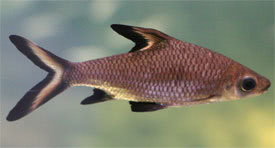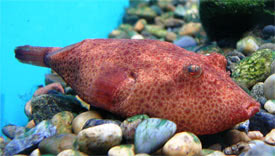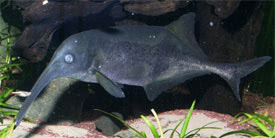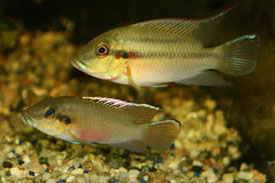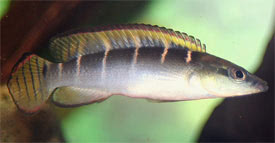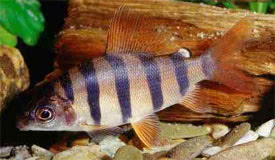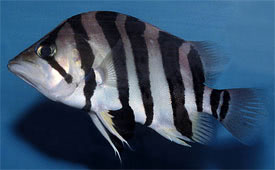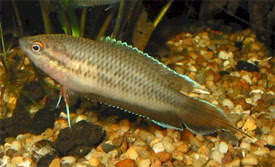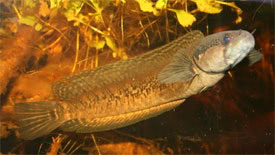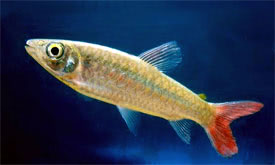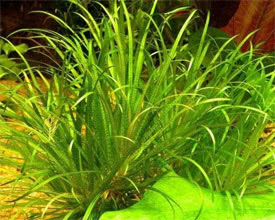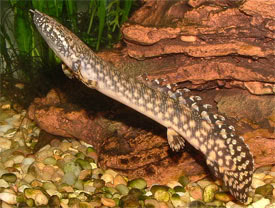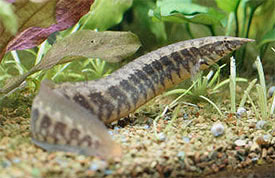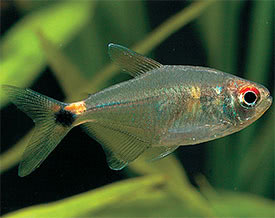
 Magyarul / Hungarian
Magyarul / Hungarian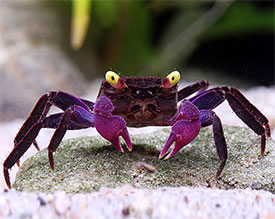
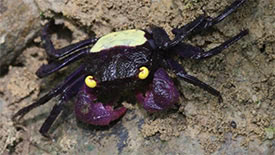
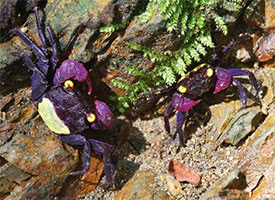
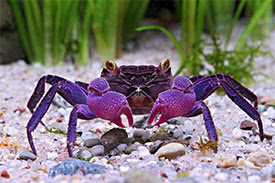
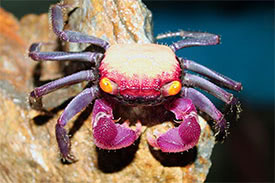
- Scientific name: Geosesarma dennerle
- Synonyms: Geosesrarma sp. Vampire
- Common name: Purple Vampire Crab
- Group: Invertebrates
- Distribution: Southeast Asia; Java (Indonesia)
- Size: 2-3 cm
- Biotope: These terrestrial crabs inhabit the slopes of a small valley, living under and between rocks, among the dense vegetation.
- Social behavior: Territorial, they should be kept in a single species terrarium.
- Diet: Omnivorous; basically it eats meaty live foods, such as small terrestrial insects and worms, but will accept froozen and dried foods too, or even munch on mosses and graze on algae.
- Breeding: Quite easy
- Tank: Minimum 30 litres
- Population: 5-6 crabs for 120 litres
- Decoration: Use sandy and gravel substrate with some larger stones, and put some dried leaf litter on the floor. The terrarium should be planted densely, and create a shallow pool of water for the crabs.
- Temperature: 22-28 °C
- pH: 6.0-7.0
- Hardness: 7.0-20.0 dGH
- Lifespan: 2-3 years
While these crabs have been kept by hobbyists for a decade or more, they have been scientifically described only in 2015, because researchers faced a problem that although these mainly terrestrial crabs are seen for sale in aquatic shops, it wasn't clear where they originated from, mostly dealers claiming they came from Sulawesi or Java. However, it has finally been established that the crabs, which get their common name vampire crab from their colorful body are native to central Java in Indonesia. This species is named after the German company Dennerle, who kindly supported one of the describing authors' (Christian Lukhaup) study in Java.
Their carapace is squarish, slightly wider than long. Adult coloration can vary from violet purple to purplish-brown on anterior half of carapace and ambulatory legs, while the posterior half of carapace is cream to yellowish-white. The thoracic sternum is greyish-white with grey specks in smaller specimens, but pale purple in larger specimens. The abdomen is dark grey to purplish grey with small spots. The eyes are bright yellow. While the typical color pattern has the dorsal surface clearly demarcated into two zones, some specimens have most of the carapace cream with only the anterior edge purple. Juvenile specimens tend to have purplish-brown carapaces, with patches of yellow or brown on the anterior part, and the bright purple chelae are most often present only in larger adults.
It is important to say that Geosesarma dennerle is a terrestrial crab, so it doesn't live in water, however it needs water for moulting. This is the reason why they should be kept rather in a terrarium than in an aquarium, where we can create a shallow pool of water, only a little deeper than the height of their shell. A terratium with a base of 50x50 cm can easily house 5-6 crabs. In their natural habitat they sometimes excavate burrows in the loose ground at the edge of a creek that runs through the valley. Vampire crabs are nocturnal species, feeding at dusk and dawn, and can be fed with cricketts or earthworms which they hunt down affectionately. It is often seen in stores, and quite popular crab among aquarists. This is the reason why it may already be under threat from potential over-collecting and because of a relatively restricted range in the wild their numbers are already decreased.
https://lkcnhm.nus.edu.sg/nus/images/data/raffles_bulletin_of_zoology/vol63/63rbz003-013.pdf
http://www.practicalfishkeeping.co.uk/features/articles/vampire-crab-geosesarma-sp
https://en.wikipedia.org/wiki/Geosesarma_dennerle
http://www.practicalfishkeeping.co.uk/news2015/Vampire%20crabs%20named%20after%20aquatic%20companies
http://www.tropical-hobbies.com/paludarium-creatures---crabs-2
http://www.livescience.com/50183-vampire-crabs-origins-java.html











